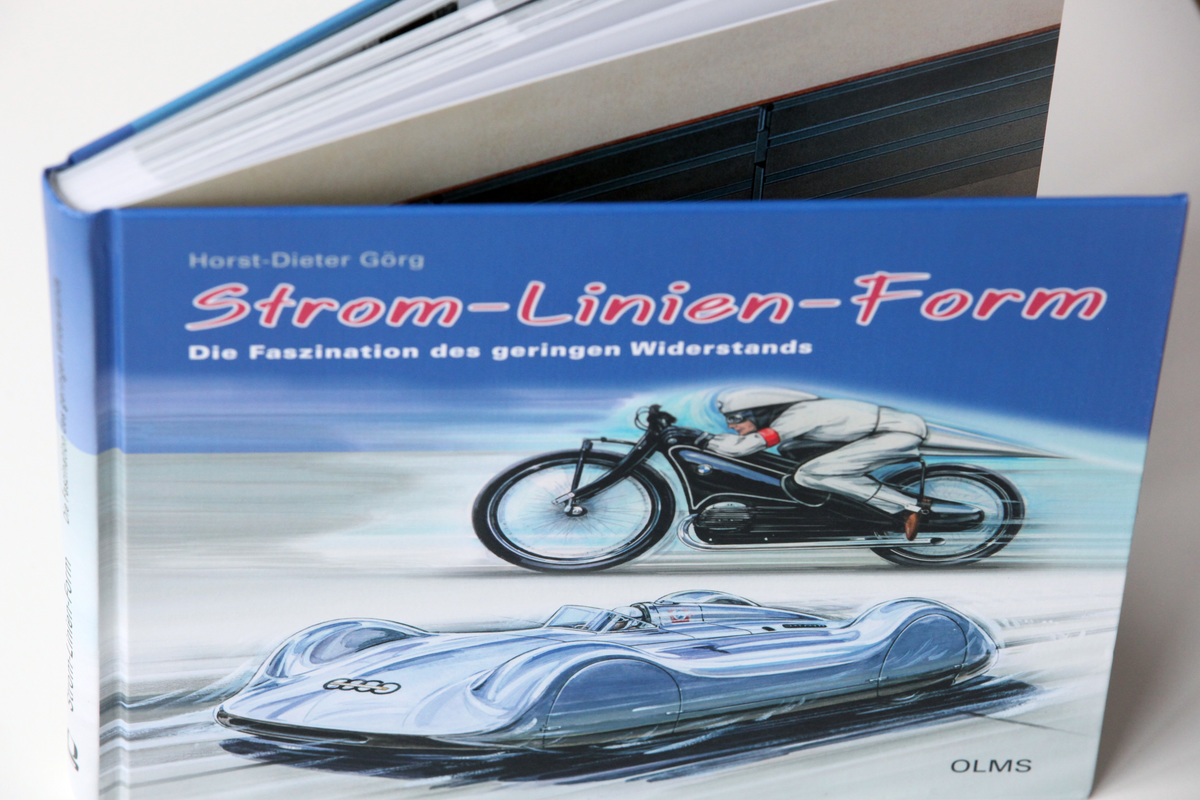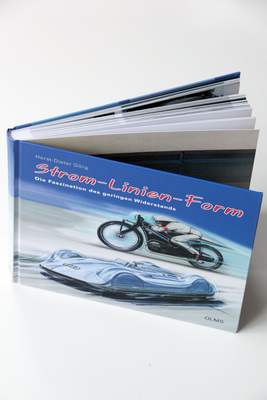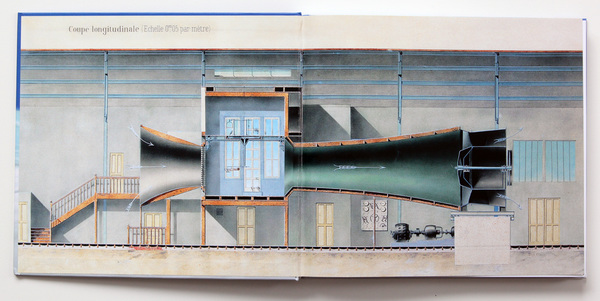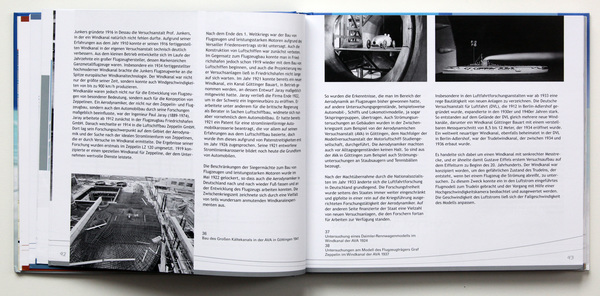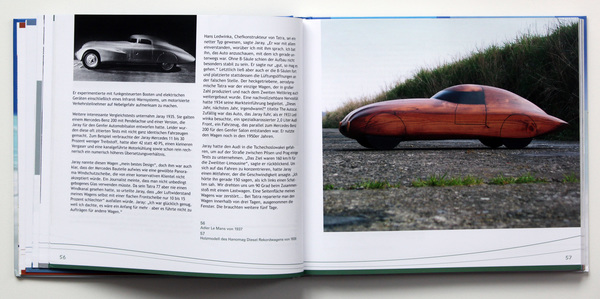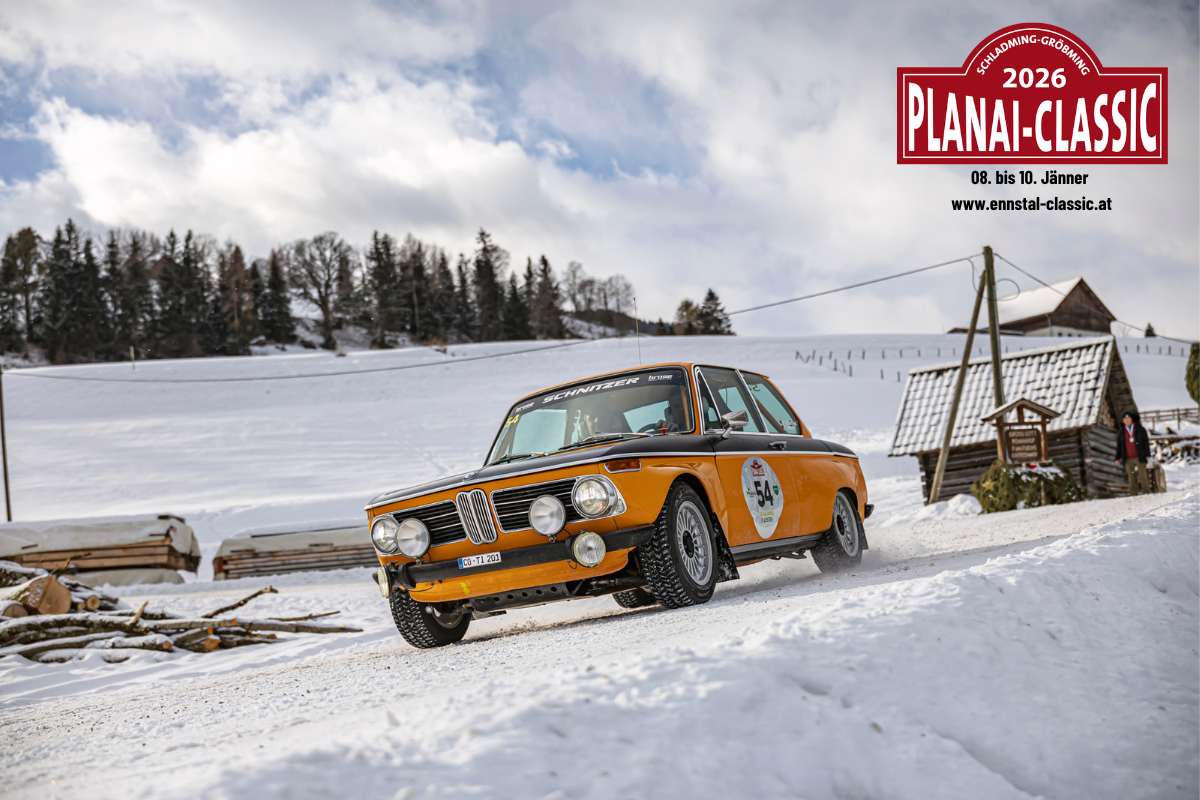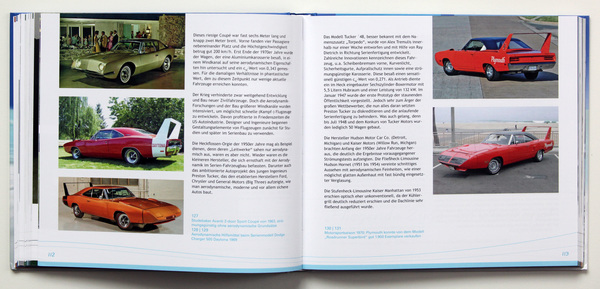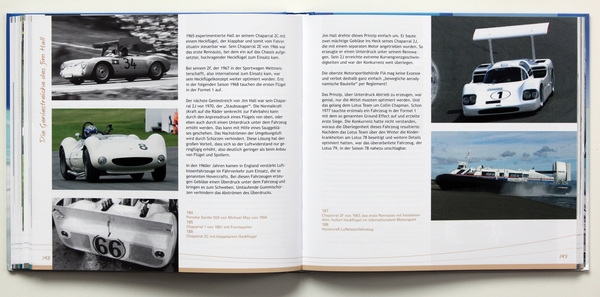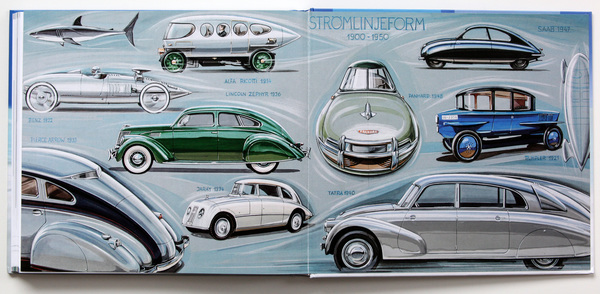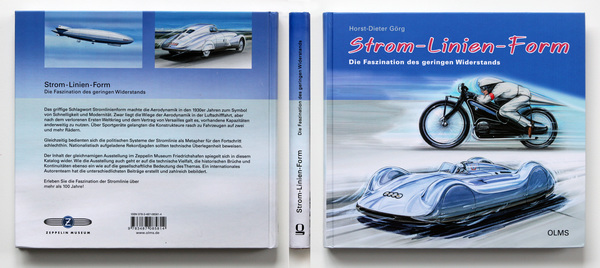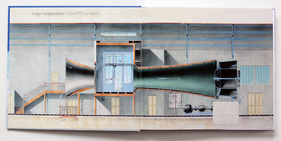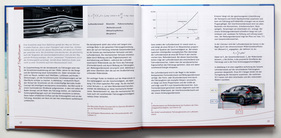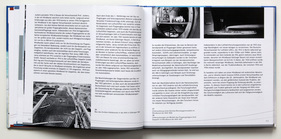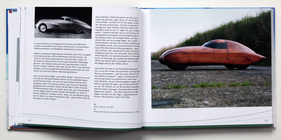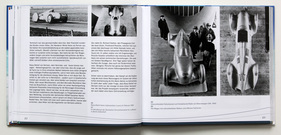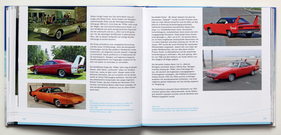Aerodynamics is one of the most fascinating topics in automotive engineering. The progress that has been made in the last 100 years or so is enormous. What today's super-fast computers calculate and sophisticated wind tunnels measure, the fathers of modern aerodynamics first had to research. The pioneers were Paul Jaray and Max Schirmer, to name two of the most important.

A book has now been dedicated to them, as well as to many aspects of the development of modern aerodynamics, and the exhibition of the same name at the Zeppelin Museum, where so many developments began.
A broad field
In order to do justice to this vast subject, the book "Streamlined Shape - The Fascination of Low Drag" first introduces the reader to the physics of air resistance. The not really simple theory is broken up with many exciting examples. For example, the reader learns what caused the Mercedes-Benz racing cars to fly off at Le Mans in 1999.
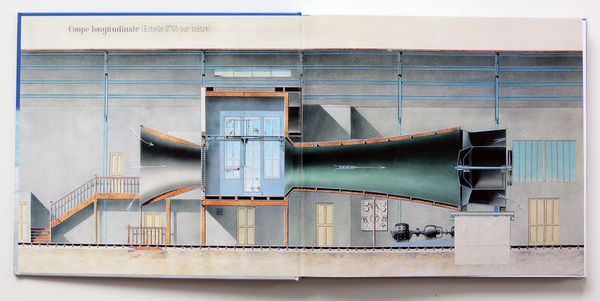
A second chapter deals with airships, also known as zeppelins, and the third chapter tells the story of the first wind tunnels (up to 1945).
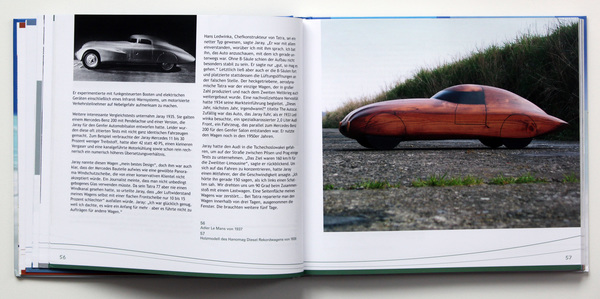
The next part of the book then reports on the findings and research results of Austrian-born Paul Jaray, who transferred the knowledge gained in airship construction to vehicle construction and was the father of many pre-war aerodynamic cars, whether their manufacturers admitted it or not. From 1923, Jaray continued his research in Switzerland and developed, among other things, a racing car for Rudolf Ley that reached 125 km/h with just 26 hp.
Jaray had many of his developments patented, but also made sure that his designs worked in practice. For example, he took care of the ventilation of the interior or the drainage of water droplets in the rain. Jaray was a versatile developer, building not only cars and airships but also vacuum cleaners, bicycles and other everyday objects.
Further chapters are devoted to the German record test track near Dessau, the Auto Union record cars and the Mercedes-Benz record vehicles.
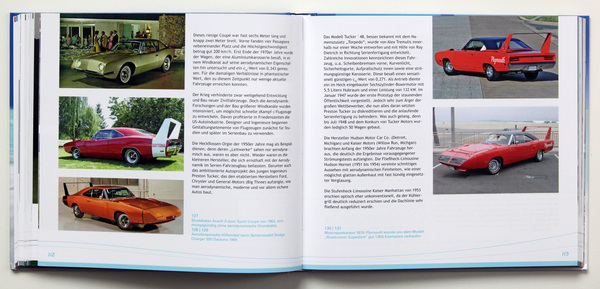
An interesting chapter examines the Americans' approach to aerodynamics. Many advanced vehicles were also created in the USA, such as the Phantom Corsair Coupé from 1938, the Tucker, the Hudson Hornet and the Kaiser Manhattan, all of which had significantly lower aerodynamic drag than the average passenger car. When it came to the use of wing profiles to generate downforce, the Americans were even ahead of the Europeans in series car construction, with the Dodge Charger 500 Daytona and later the Plymouth Roadrunner Superbird being fast cars with huge wings as early as the end of the 1960s.
Mention is also made of the Chevrolet EV1, which unfortunately was not destined for a great future because General Motors scrapped around 1100 of them after three years of testing.
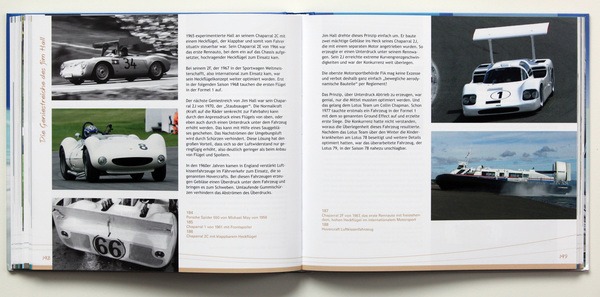
The rest of the book deals with aerodynamic trains, slipstream motorcycles and aerodynamics in racing, where Michael May and his winged Porsche 550 Spyder from 1956 are mentioned, among others.
Two chapters on record-breaking diesel vehicles from Opel, Volkswagen and Mercedes-Benz round off the book, along with observations on aerodynamics today, on the restoration of a Tatra 87, on the drawings by illustrator Rony Lutz and on some miniatures.
So you can't complain about a lack of reading material. The explanations are fluently formulated and motivate you to read through without interruption.
Highly interesting visual material
In addition to the texts, which are well worth reading, there are also many pictures to enjoy. Although some of the record-breaking vehicles and early aerodynamic studies are certainly familiar, the many photographs from past decades make you realize just how far ahead of their time Jaray and his colleagues were.
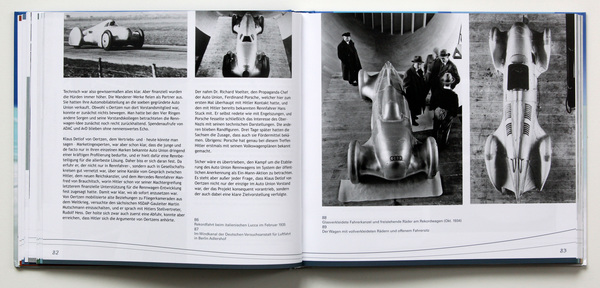
The beautifully done drawings by Rony Lutz are also lovely to look at, and would make you want to give them their own volume.
A good introduction
This book is an easy introduction for anyone who has had little to do with aerodynamics up to now. Whether theory or practical examples from the past, the book is informative and entertaining. And the book is beautifully produced; the inside cover alone is certainly worth a second look.
The exhibition to the book (or vice versa)
This book, which is certainly not too expensive at just under EUR 25, complements the exhibition of the same name at the Zeppelin Museum, which runs from November 4, 2016 to April 17, 2017 and features 30 large exhibits, numerous models, photos and graphics by Rony Lutz. The best thing to do is to visit the exhibition and buy a book at the same time.
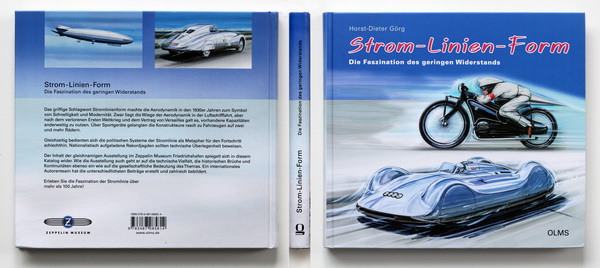
Bibliographical information
- Title: Strom-Linien-Form - the fascination of low resistance
- Publisher: Horst-Dieter Görg
- Language: German
- Publisher: Georg Olms Verlag
- Edition: 1st edition 2016
- Format: Hardcover, 23 x 25 cm
- Size: 227 pages, many illustrations
- ISBN: 978-3-487-08581-4
- Price: from EUR 24.95
- Order/buy: Online at amazon.de or in relevant bookshops (and in the museum store for the exhibition
